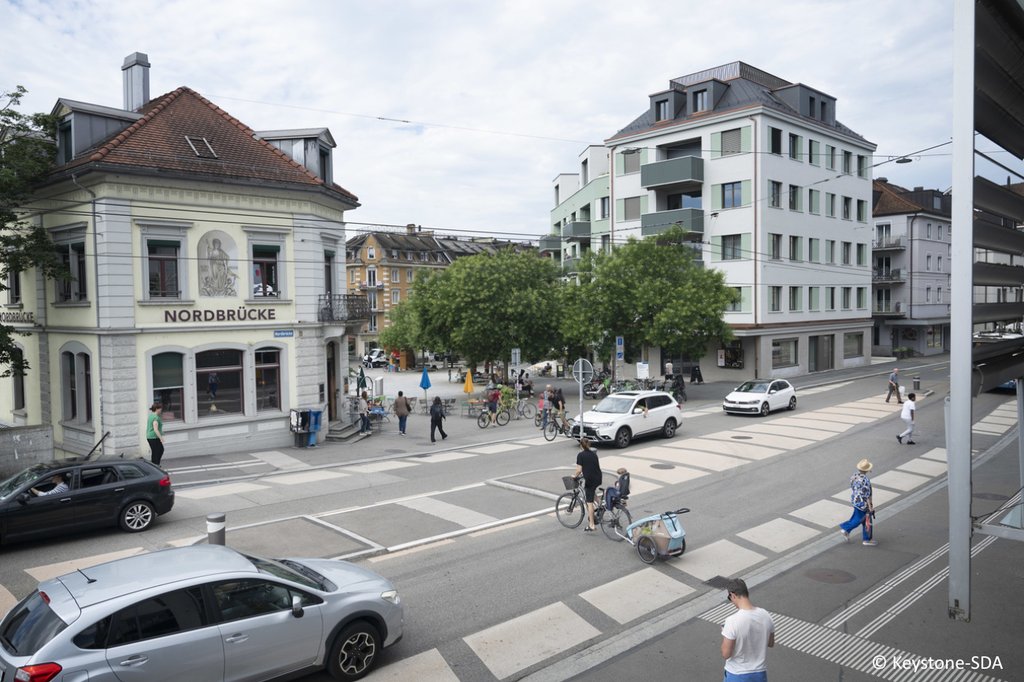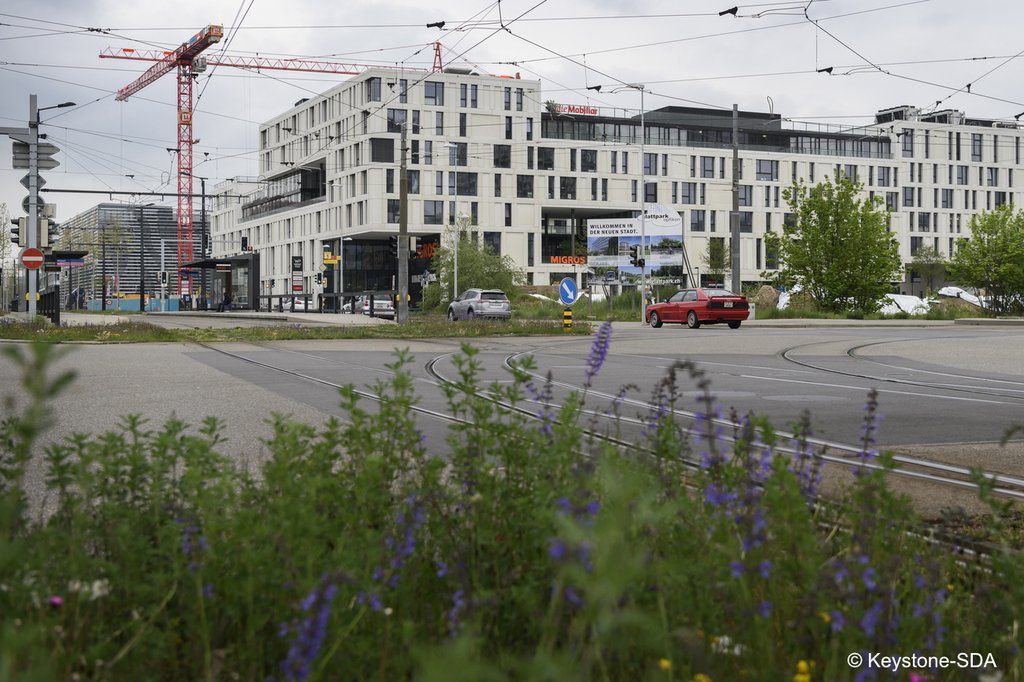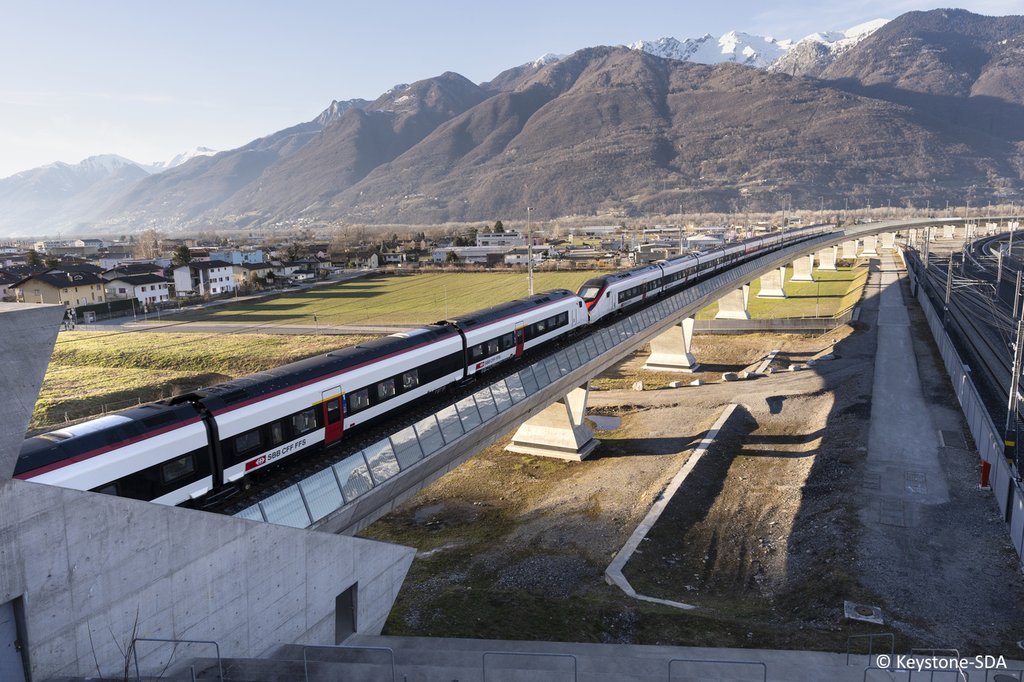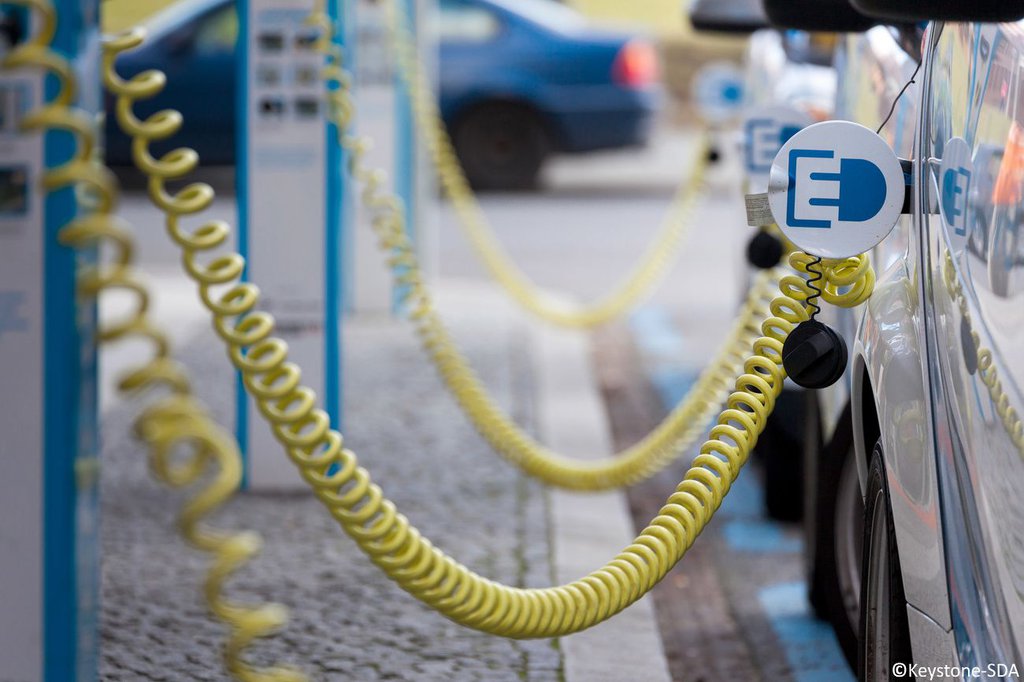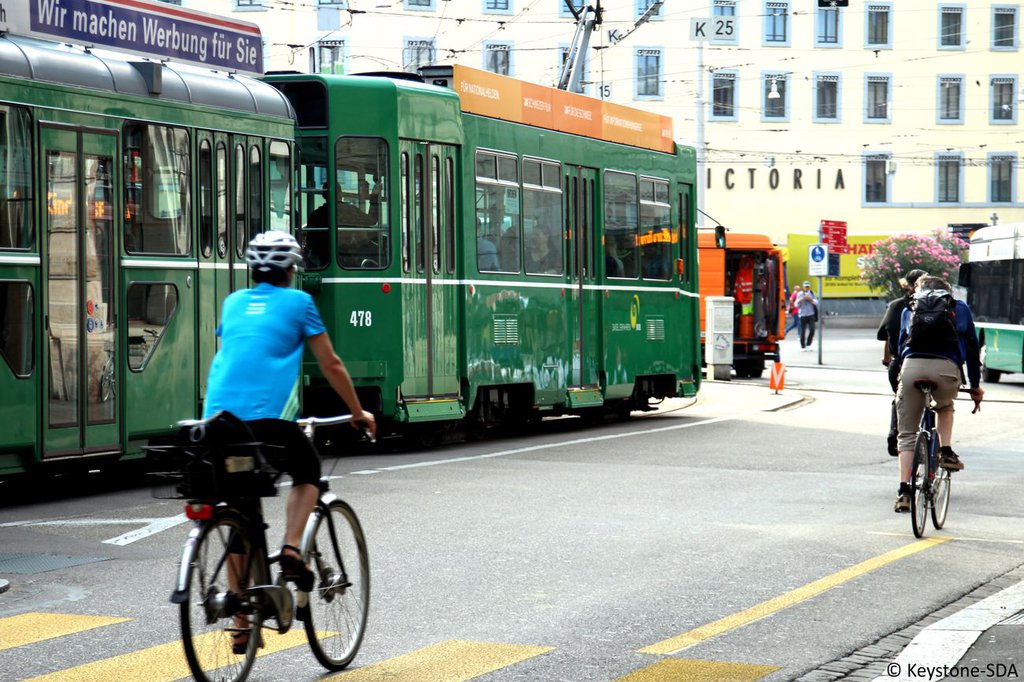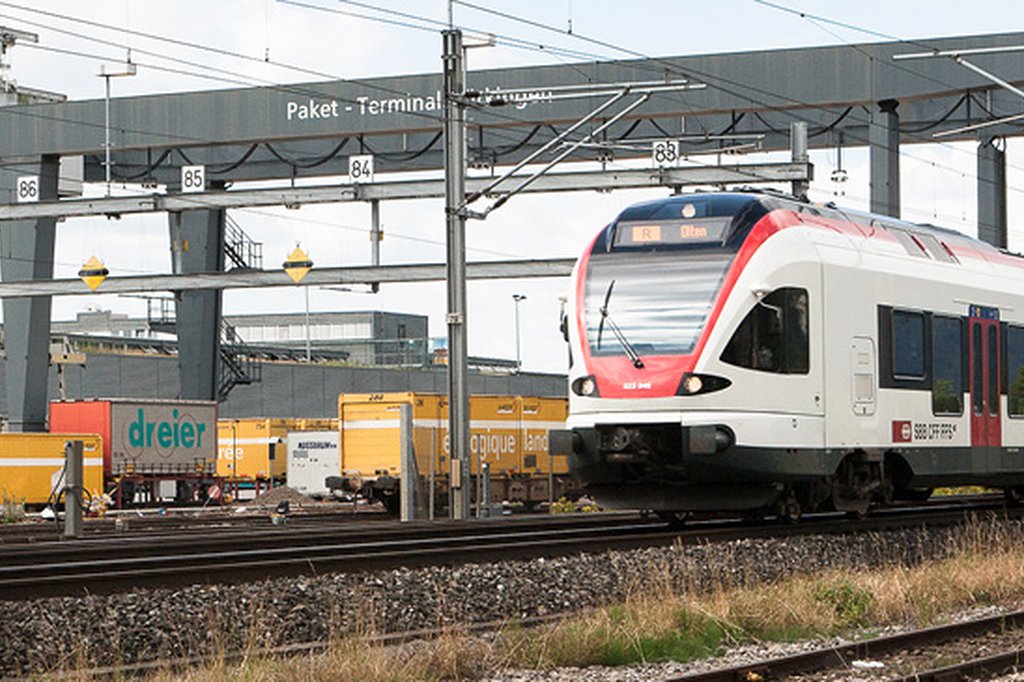Conversion instead of demolition and new construction: solutions for fewer grey emissions
News, Space, Environment and Climate, Energy | Dec. 19, 2024

In the building sector, a large share of CO2 emissions are generated during the construction phase. An important lever for reducing these grey emissions are conversions instead of new replacements. INFRAS is looking for solutions on behalf of the federal government to reduce barriers to conversions and refurbishments.

